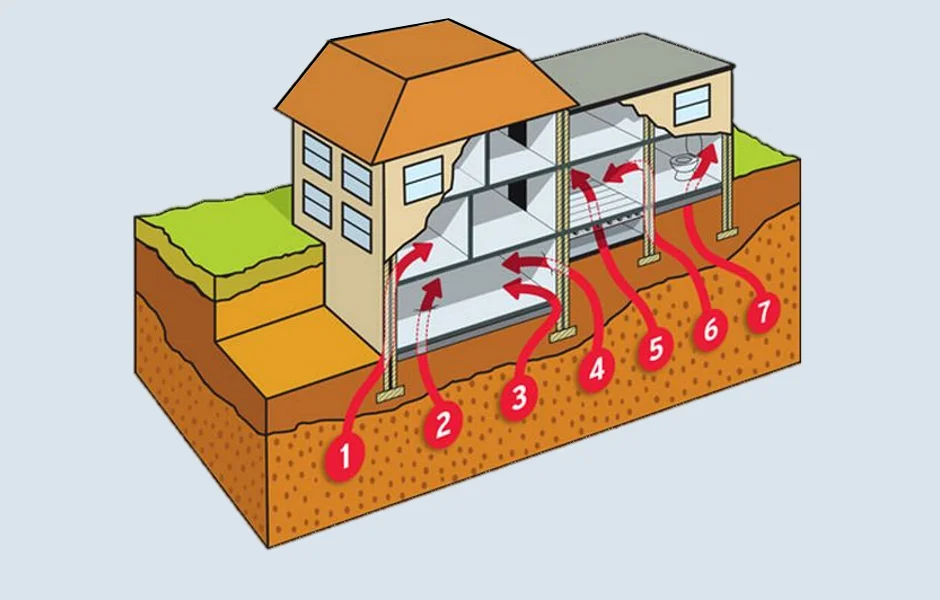Commercial radon testing and mitigation are crucial processes for ensuring the safety and health of occupants in various business establishments. Radon, a radioactive gas derived from the natural decay of uranium in soil and rock, can seep into buildings through cracks in the foundation, gaps in walls, or other entry points. In commercial settings, such as offices, schools, healthcare facilities, and retail spaces, radon exposure poses significant health risks, including lung cancer. Therefore, implementing a comprehensive radon testing and mitigation plan is essential. The first step in commercial radon testing is conducting a thorough assessment of the building’s radon levels. This typically involves deploying radon measurement devices, such as continuous radon monitors or charcoal canisters, in strategic locations throughout the structure. These devices collect data on radon concentrations over a specified period, allowing professionals to accurately determine the average radon level within the building. It is important to note that radon levels can vary significantly from one area to another within a building, so testing multiple locations is necessary for a comprehensive assessment.

Once the testing phase is complete, the results are analyzed to determine whether radon levels exceed the recommended action levels set by regulatory agencies, such as the Environmental Protection Agency EPA or the World Health Organization WHO. If elevated radon levels are detected, prompt action is required to mitigate the risk. Commercial radon mitigation solutions vary depending on the specific characteristics of the building and the severity of the radon problem. One common method of commercial radon mitigation is active soil depressurization ASD, which involves installing a ventilation system to draw radon gas from the soil beneath the building and vent it safely outside. This technique effectively reduces radon levels by creating a negative pressure zone beneath the structure, preventing radon from entering the building. ASD systems are typically installed by qualified radon mitigation professionals and require regular maintenance to ensure optimal performance and read more here https://www.cleanvapor.com/commercialradon/.
In addition to ASD, other radon mitigation strategies may include sealing cracks and gaps in the building’s foundation, improving ventilation systems, or installing radon-resistant materials during new construction or renovations. The most appropriate mitigation approach will depend on factors such as building size, construction materials, and local geology. Once mitigation measures are implemented, follow-up testing is essential to verify their effectiveness and ensure that radon levels remain within safe limits over time. Regular monitoring and maintenance of radon mitigation systems are critical to long-term success in preventing radon-related health risks in commercial buildings. Commercial radon testing and mitigation are essential processes for protecting the health and safety of occupants in various business establishments. By conducting thorough radon assessments, implementing effective mitigation strategies, and maintaining proper ventilation systems, building owners and managers can create healthier indoor environments and reduce the risk of radon exposure-related illnesses. Collaboration with qualified radon professionals and adherence to regulatory guidelines are crucial steps in ensuring successful radon mitigation efforts in commercial settings.
